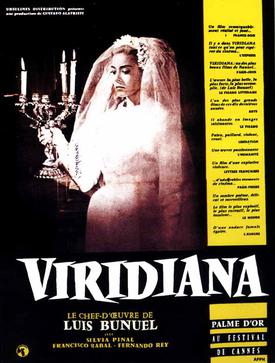 |
| Lya Lys in L'Âge d'Or |
Cast: Gaston Modot, Lya Lys, Caridad de Laberdesque, Max Ernst, Artigas, Lionel Salem, Germaine Noizet, Bonaventura Ibáñez. Screenplay: Luis Buñuel, Salvador Dalí, based on a novel by the Marquis de Sade. Cinematography: Albert Duverger. Production design: Alexandre Trauner. Film editing: Luis Buñuel.
Salvador Dalí was a bit of a hack, more interested in making money off of the bourgeoises he affected to mock than in advancing his art. So it was inevitable that he and Luis Buñuel would part ways, especially after Dalï turned to the right, supporting Francisco Franco and embracing Catholicism. Although their collaboration produced two extraordinary films, the 1929 short Un Chien Andalou and the feature L'Âge d'Or, it was Buñuel's career that proved to be the more lasting in terms of critical respect. And if there's anything memorable about L'Âge d'Or, it's Buñuel's ability to bring the Surrealist aesthetic to life in semi-narrative fashion. The extent of Dalí's actual contribution to the film has always been somewhat in question, especially since one target of the film's satire is the Catholic Church, which Dalí never quite abandoned before returning to it enthusiastically. The movie is essentially a series of vignettes, starting with documentary-like section on scorpions, then tracing the efforts of a couple to consummate their love, always frustrated by conventional society and religion, and concluding with an episode derived from the Marquis de Sade's The 120 Days of Sodom, in which a group of people emerge from a castle where they have been participating in an orgy, led by a man who looks like Jesus. Bizarre images -- a cow in a bed, a woman sucking the toe of a marble statue, a cross decorated with the scalps of women, and so on -- punctuate the entire film, which is often unsettling and often very funny. The film's assault on the complacency of the bourgeoisie would become a constant in Buñuel's films, and the party scene clearly anticipates the experiences of the trapped partygoers in The Exterminating Angel (1962) and The Discreet Charm of the Bourgeoisie (1972). David Thomson has noted the similarity of the country house party in Jean Renoir's The Rules of the Game (1939), pointing out that the gamekeeper in Renoir's film is played by Gaston Modot, who is the male half of the central couple in L'Âge d'Or, but I think we can also see its influence in such French New Wave landmarks as Last Year at Marienbad (Alain Resnais, 1961) and La Notte (Michelangelo Antonioni, 1961).







